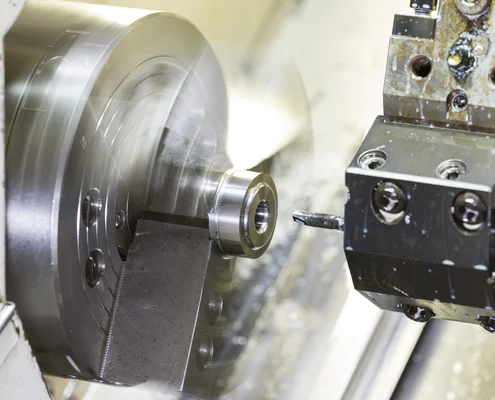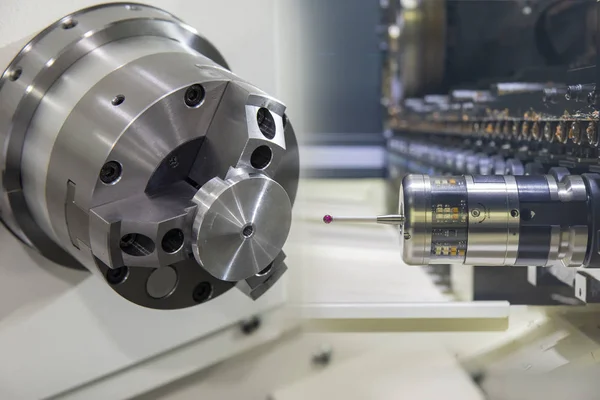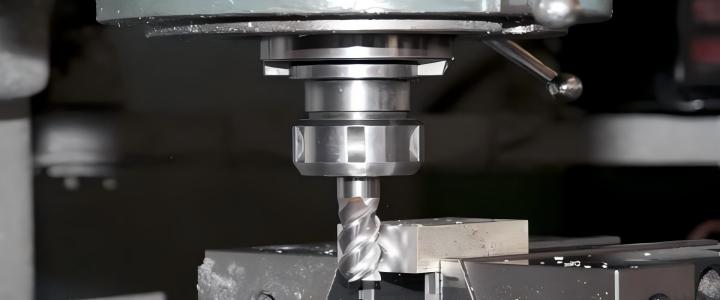Types of CNC Turning
There are many types of CNC turning operations that can be performed on a power tool lathe in a CNC turning shop, including hard turning, parting off, facing, boring, reaming, taper turning, drilling, knurling, thread turning, slotting, etc., requiring different tools, costs and setup times.
1. Taper turning: machining cylindrical parts with a diameter that decreases from one end to the other.
2. Hard turning: Applicable to materials with a Rockwell C hardness greater than 45, usually after heat treatment.
3. Sphering: Creates a spherical finished surface that rotates around a fixed axis of rotation.
4. Facing: A turning operation that machines a workpiece to its center.
5. Parting: Creates deep grooves to remove a completed or partially completed component from the parent material.
6. Grooving: Similar to parting off, but only cuts to a specific depth from the outside or inside of the workpiece.
7. Drilling: Removing material from the inside of a workpiece to drill a hole with a drill fixed to the lathe tailstock or tool holder. Boring: Enlarging or grinding an existing hole.
8. Knurling: Using a knurling tool to carve a serrated pattern on the surface of a workpiece to change or enhance the visual effect or feel.
9. Reaming: Removing a small amount of material from a drilled hole to obtain a high-precision diameter.
10. Threading: Turning standard and non-standard threads, generally refers to single-point threading.
11. Polygon turning: Non-circular machining operations that do not interrupt the rotation of the raw material.



